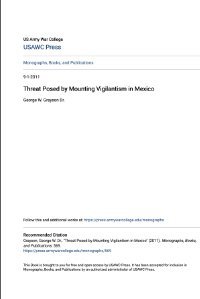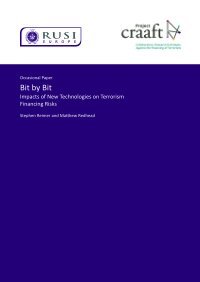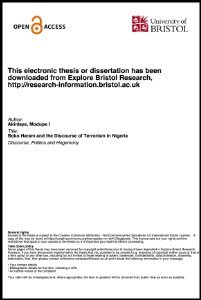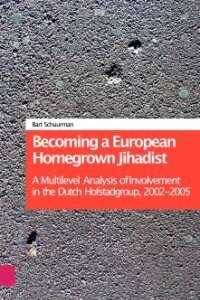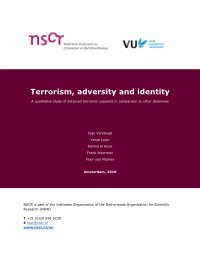By Stephen Reimer and Matthew Redhead.
The potential role that new technologies – from financial technology to social media – can play in terrorist financing (TF) has been a growing subject of anxiety in European policymaking circles. With their focus on speed, efficiency and a positive user experience, new technologies not only have the potential to make life easier for ordinary consumers, but also to reduce the frictions terrorist financiers face when funding attacks and organisational activities. Virtual assets (VAs) – especially cryptocurrencies – have been a major area of concern as a new frontier of TF risks. However, the recent focus on new technologies as an avenue for TF has not led to a consensus about how great the risks are. The debate around the issue has polarised into two broad positions – one which fears the worst, suspecting that innovation will make life easier for terrorist financiers, and another, which sees new technologies as no more or less risky than pre-existing technologies or conventional financial activities. The differences of opinion are deep, and the dialogue between the two positions difficult to resolve, because of the assumptions on which they are based. In the first case, policymakers and the traditional financial services sector tend to see novelty and uncertainty, and assess that the safest approach is to assume theoretical vulnerabilities and inherent risks are real until otherwise proved. In the second, those involved in creating and deploying new technology tend to believe that the risks should not be assumed, and need to be demonstrated. For both sides, understanding the nature and quality of evidence is essential. Amid this debate, this paper investigates whether new technologies pose new, or exacerbate existing, TF risks in Europe. Although there were difficulties in collecting data on sensitive terrorist cases, a clearer picture still emerged: new financial technologies have indeed been used in the procurement and financing of attacks, but only with certainty in a small proportion of cases. Likewise, payment platforms, social media crowdfunding and VAs have become tools for wider organisational financing, but they have been added to, rather than replaced, well-worn and conventional methods such as cash, the use of intermediaries, or money service businesse
Brussels; London: Royal United Services Institute (RUSI), 2022. 52p.



